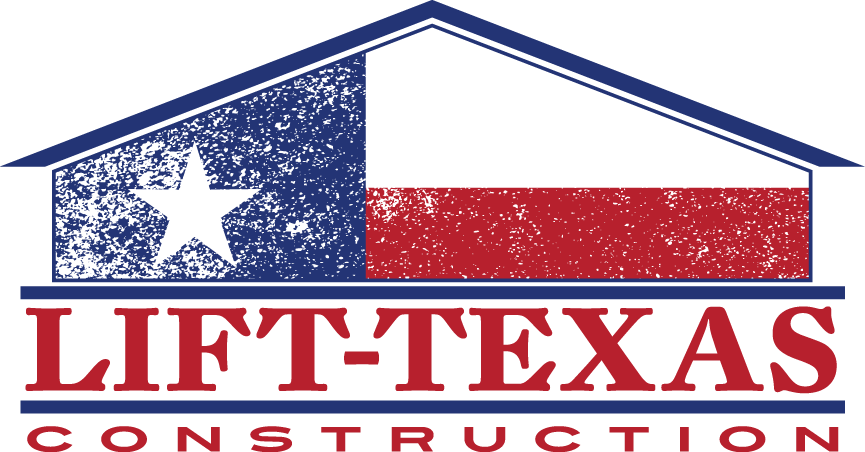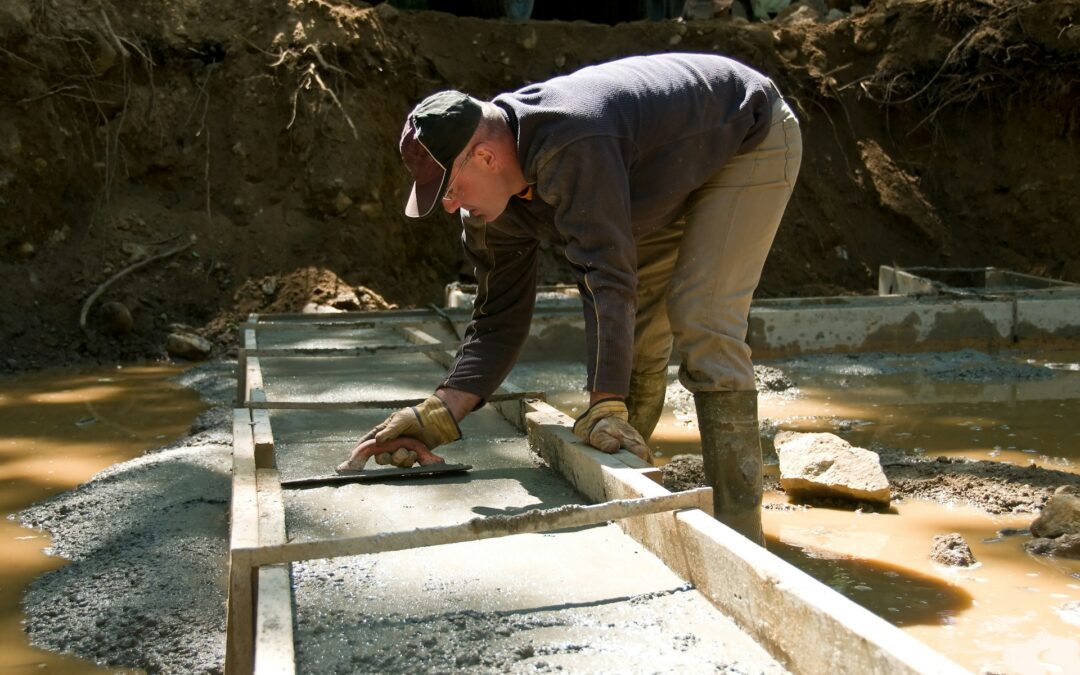Uneven sidewalks are easy to overlook until they start causing trouble. What begins as a small dip or raised corner can quickly get in the way of everyday things like walking the dog, heading to school, or taking out the trash. In a city like Dallas, Texas, we know how our dry summers followed by sudden rains in fall can shift the ground under concrete. That’s when sidewalks can buckle, crack, or drop out of level.
Sidewalk leveling is one way to fix the problem before it grows. By lifting the slabs back into place, we can make walking areas safer for everyone. It helps stop trips, keeps water from pooling, and helps your sidewalks last longer. Concrete doesn’t heal on its own, so acting early helps prevent more damage down the line. Sidewalk maintenance is an important aspect of property care, especially in neighborhoods with a lot of foot traffic or where safety for all ages is a priority. The sooner uneven sidewalks are corrected, the easier it is to avoid problems from worsening weather or recurring ground movement.
Why Sidewalks Sink or Crack Over Time
Sidewalks are built to last, but they’re only as steady as the ground underneath them. In Texas, many homeowners have seen how the soil itself can cause problems as the seasons change.
- Dry heat in the summer can shrink the soil, creating empty spaces under the concrete
- When fall rains hit, that dry ground softens and shifts, which may cause slabs to move or drop
- Tree roots can grow underneath and lift sections without warning
- Erosion from poor drainage or heavy storms slowly washes away the support below
None of these issues are immediate, and that’s part of what makes them tricky. A sidewalk might look mostly fine until you notice one small edge lifting or sinking. If we ignore that early stage, it often leads to bigger cracks and more uneven areas over time. The movement underneath isn’t always dramatic, but even a difference of half an inch can affect how safely and comfortably people can walk on your sidewalk. As time passes, recurring cycles of wet and dry conditions accelerate this process. What might start as a barely visible seam or hairline crack can turn into a real hazard by the end of the season, especially after a few more rounds of Texas rain and shifting ground.
Tripping Hazards and Everyday Safety Risks
A rough or tilted sidewalk doesn’t just look bad, it can be dangerous. Most people know the feeling of catching their toe on something they didn’t see coming. Uneven paths make that more likely, especially in low light or rainy weather.
- Raised edges can cause stubbed toes, rolled ankles, or even falls
- Water often gathers in sunken parts, hiding the uneven surface and making it slippery
- In high-traffic spots like near schools, churches, apartments, or busy homes, the safety risk grows
Sidewalk injuries usually happen fast, but the damage leading to them builds up slowly. When walkways aren’t level, everyone using them is at a little more risk. For families with young kids, older adults, or anyone using strollers or wheelchairs, that matters even more. Many municipalities or homeowner associations expect property owners to maintain sidewalks, so taking care of trip and slip risks is not only about safety, it can also help avoid potential liability. Recognizing these everyday dangers is the first step toward a safer path for everyone.
How Concrete Leveling Restores Smooth, Safe Surfaces
Instead of tearing everything up and pouring a new sidewalk, there’s another choice. Sidewalk leveling can bring sunken slabs back up and close gaps that have opened over time.
- Leveling lifts the settled concrete by filling in the space beneath it
- We do this without damaging the rest of the walkway
- A stable surface helps avoid more shifting with each new season
That solid base under the sidewalk matters more than most people realize. Once it’s supported, the concrete stops moving, and problems like cracks or water puddling around the edges often go away. Leveling keeps things smooth, steady, and safer to walk on every day. The process is precise, minimizing disruption and targeting only the areas that need attention, so large sections of the sidewalk stay intact. Concrete leveling is suitable for both residential neighborhoods and busier commercial places where reliable access is essential.
Lift-Texas Construction uses high-density polyurethane foam injection for many sidewalk leveling projects. This approach is quick, minimally invasive, and lets you use the area again soon after the work is finished. We also address underlying issues, like void filling and soil stabilization, to help prevent future sinking and cracking. The foam expands under the slab and lifts it gently, filling in any hidden spaces left by shrinking soil or water erosion and creating an even surface above. After leveling is done, our team checks for any remaining hazards or low spots to confirm the walkway is returned to its best and safest condition.
Long-Term Benefits of Fixing the Problem Now
Sidewalk issues don’t get better on their own. That’s why fall is a smart time to handle it. The ground is starting to take in more water again after summer, and that’s often when more settling starts to show.
- Small adjustments now can prevent major damage later
- Lifting slabs before winter helps avoid bigger issues caused by freezing water or added rainfall
- A fixed sidewalk helps protect nearby features like driveways, porches, or garden beds from shifting too
Once sidewalks are back to a steady level, they stay that way longer. It also just takes the worry out of using the space. No more watching your step every time you walk outside. And no more avoiding that one raised corner when the sun goes down. By managing these repairs now, you not only protect the walkway itself but also invest in the durability of your property’s exterior. It’s easier to keep up with routine yardwork or seasonal outdoor maintenance when sidewalks are smooth, so all areas stay accessible and safe. Families, visitors, or customers notice the difference with each step they take, whether it’s heading out the door in the morning or returning home after a long day.
Taking care of sidewalks when problems are just starting is usually much less costly than waiting for larger cracks or trip hazards to form. The most common injury from an uneven sidewalk is a fall, and those are easier to prevent by keeping everything level and solid as soon as you spot a problem. Acting in the fall, before winter freezing and rain, helps avoid water getting under slabs and making things worse.
Invest in Balanced Walkways for Every Season
Choosing professional sidewalk leveling in DFW means your paths will stand up to Texas weather and daily use. Getting it done right helps preserve not just the look of your home or business, but the safety and ease of everyone who visits.
Uneven walkways in DFW can quickly become a bigger issue as fall rain and cooler temperatures set in, but with the right support beneath your concrete, your sidewalks can remain stable and safe all season. We’ve helped countless local property owners resolve these problems with reliable sidewalk leveling that stands the test of time. If your sidewalks are starting to drop, crack, or tilt, reach out to Lift-Texas Construction today and let us take care of it before minor damage escalates.

